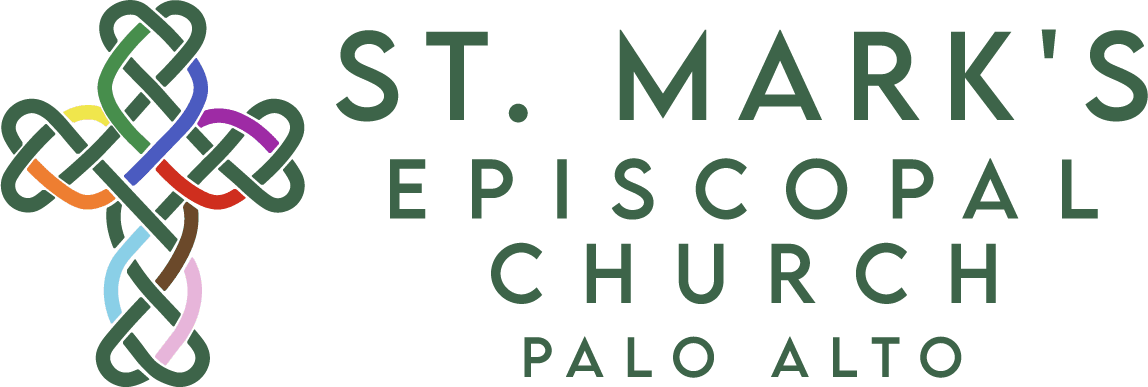New Episcopal congregations often start out as missions and eventually become parishes. What’s the difference? Here’s how Robert Clarke explained it to the St. Mark’s founding group in the minutes of the South Palo Alto Improvement Club on April 29, 1948:
“When an [Episcopal] parish is organized it is assigned a certain area, we can either organize as a mission, which is definitely under the Bishop and Diocesan Council, or as a parish in which case you organize a corporation under the laws of California. Such a corporation is entitled to own property and the Vestry acts as a Board of Directors. The parish makes an application to the Bishop and Diocesan Council for permission to establish a parish and requests a certain area to be assigned to it. If the parish is located outside of the territory assigned to another parish, the Bishop and Diocesan Council can authorize the establishing of the parish provided they believe it will be self-supporting and there is a need for it in that locality.” (Vestry Minutes, pg. 13).
What? All of that jargon just means that to become a parish, the founding group had to convince Bishop Block that:
- The proposed parish territory for the new congregation did not overlap with the parish territory for All Saints (which was basically the city limits of Palo Alto as it was in 1894 when All Saints was founded).
- There was a need in the South Palo Alto area for an Episcopal parish.
- The new congregation would not need financial support from the Diocese.
- St. Mark’s would not actively solicit or recruit members from other Episcopal Parishes in the area. This last was a touchy subject, and the founding group had to reassure the Bishop that they were not an angry faction defecting from All Saints (which they actually kind of were!). The Vestry notes for the first years also include frequent recommendations that “no effort should be made to have any member of either All Saints or Trinity in Menlo Park join our proposed parish.” (Vestry minutes, pg. 15)
After several meetings with Bishop Block and the Diocesan Chancellor, St. Mark’s received the green light from the Diocese to establish the new congregation. The Bishop, though, per Canon Law, suggested that St. Mark’s begin as a mission and after six months, at the Diocesan Convention of 1949, apply for permission to become a parish (Vestry minutes, pg. 21).
Ahead of schedule, on October 25, 1948, the petition to become a full parish was sent via special messenger to Bishop Block (Vestry, pg. 38). On November 30. 1948, Bishop Block wrote to St. Mark’s and confirmed St. Mark’s new status as a parish in the Diocese of California bounded and limited as follows:

“Commencing at the intersection of El Camino Real with Oregon Avenue, running thence northeasterly along Oregon Avenue to the Bayshore Highway, thence southeasterly along the Bayshore Highway to the intersection of that highway with Middlefield Road, thence westerly along Middlefield Road to Permanente Creek, thence south along the course of Permanente Creek to the intersection with El Camino Real to the point of beginning.” (Vestry, pg. 39)
St. Mark’s achieved parish status in six months – almost before it even had a chance to get used to being a new mission. And that was just the beginning.
By LeeAnne McDermott
